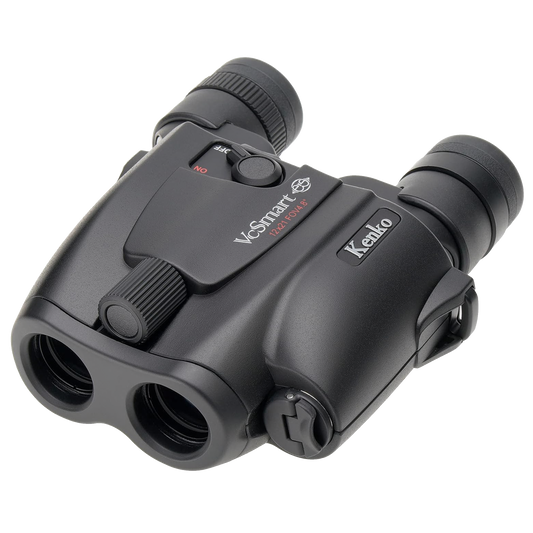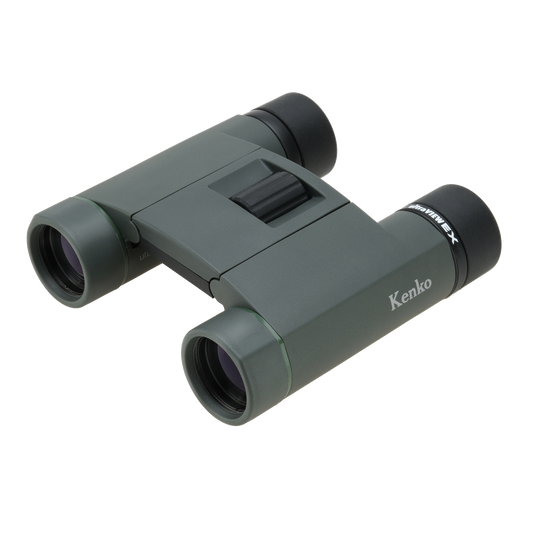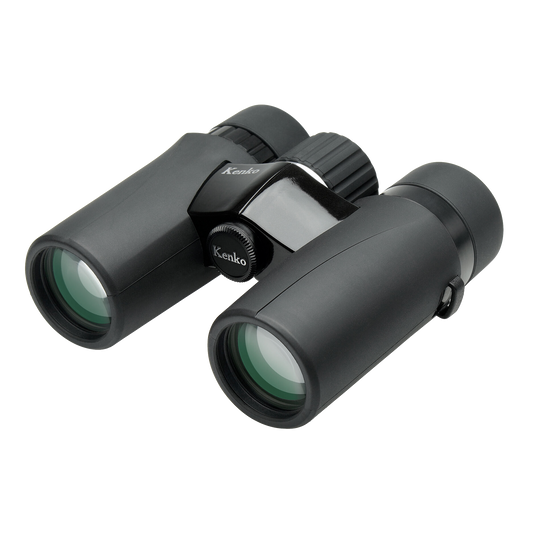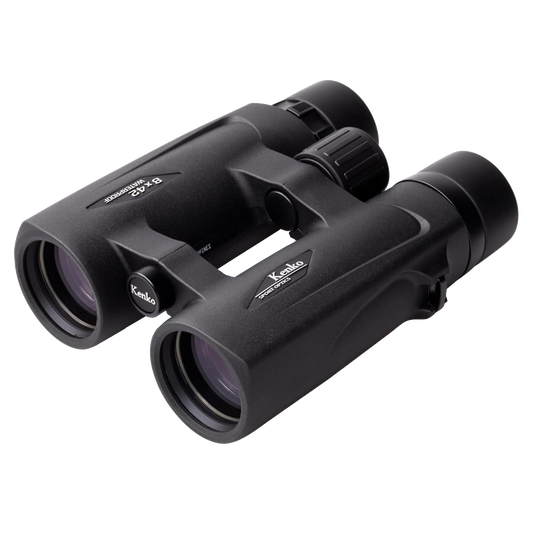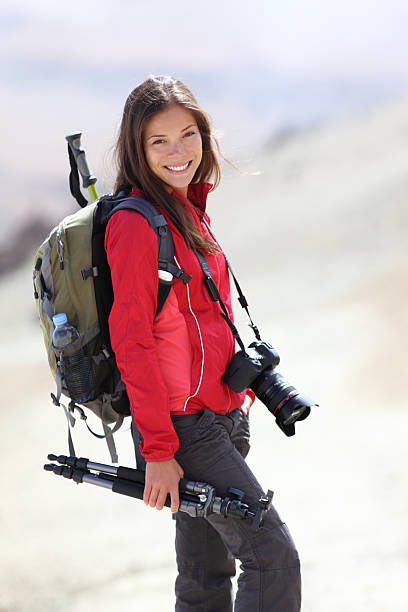
My Ideal Landscape Photography Kit

photo by Maridav via iStock
Over the years, I’ve tested all kinds of landscape photography gear. I’ve owned all kinds of landscape photography gear too…
But I keep coming back to the same gear as being part of my ideal landscape photography kit. There are tried-and-true items that I’ve found to be what works best for me, and there’s also relatively new items that I’ve only begun using recently that have quickly earned a spot in my kit.
Below, I’ve outlined some of my favorite landscape photography gear in the hopes that it sheds a little light on what gear might work for you as well.
Remember...these are just a few items that I personally use and that work great for me and my workflow. Some might work great for you but others might not. You’ll still need to do some research and experimentation with gear, but this should at least give you a compass for what direction to go!
Table of Contents
- Nikon Z7
- Nikon Nikkor Z 14-30mm f/4 S Lens
- E-Image EK650 Tripod
- Kenko Puro Circular Polarizing Filter
- Litra Torch LitraPro
- Holdfast Sightseer Backpack
My Pick for the Best Landscape Photography Camera: Nikon Z7

I’ve had the Nikon Z7 for about a year at the time of this writing, so it’s a relatively new addition to my kit. Before it, I had a Nikon D850, which I absolutely loved. In fact, I wrote this article about how it was the best landscape photography camera.
The only problem with the D850 is that it is big and heavy - two qualities you might not want if your focus is on landscape photography.
The Z7, however, is nearly a pound lighter and has a much smaller form factor than its D850 cousin. Those features alone make it a more useful camera for me when I’m out exploring landscapes because it’s easier to carry and easier to handle, too.

And don’t think that because it’s a smaller mirrorless camera that the grip is tiny and that your fingers will be dangling off the bottom…
The Z7 has a nice, chunky grip that feels good in the hand and is comfortable for all-day shooting of beautiful landscapes.
One of my other favorite features of the Z7 for landscape photography is its live view autofocus.

This system is the best Nikon has ever had - it’s fast, accurate, and honestly rivals the results I get when I manually focus. It’s that good!
It helps that the Z7 has a 3.2-inch LCD that has a 3:2 aspect ratio, so the LCD seems even larger and easier to see.
That’s just a few reasons why the Z7 is such a valued addition to my landscape photography kit. You can get all the details of the Z7’s landscape photography features here.
Be sure to check out my real world review of the Z7 in the video above too!
My Pick for the Best Landscape Photography Lens: Nikon Nikkor Z 14-30mm f/4 S

I personally love this lens because it gives me those frame-filling wide-angle views that really envelop the viewer in the scene.
I especially appreciate that Nikon extended the zoom range to 30mm rather than stopping at the more typical 24mm - that extra focal range is nice for framing up slightly narrower images.
It’s also a tiny lens - roughly the same size as the 24-70mm f/4 S kit lens and it weighs just over a pound. When you need to shed weight so your backpack isn’t full of 50 pounds of gear, having a small, versatile lens like this is a major bonus.

Of course, that weight savings is the result of lots of plastic parts, which are good-quality plastic, but still, that fact will scare some of you away from using this lens in a rough-and-tumble setting.
I’ve had no issues with the build quality of the lens thus far, so it’s performed like a champ whenever I have pressed it into service - even in extreme temperatures in Death Valley and Norway.
I like this lens’s autofocus accuracy, which is very quick and virtually silent, too.
I will say that this lens suffers from a crazy level of distortion. However, Nikon and Adobe alike have built-in lens profiles that corrects this issue.
But where this lens shines is in the sharpness department…

It’s a little soft at 14mm (as you’d expect), but dialing it back to 16mm improves things greatly. I’ve found it to be crazy sharp throughout its focal range.
And that’s just what you want in a landscape lens - beautiful sharpness, quick and accurate autofocus, and lightweight design.
Learn more about this lens in my Nikon 14-30mm f/4 S landscape review.
My Pick for the Best Landscape Photography Tripod: E-Image EK650 Tripod

I often use my ProMediaGear Pro-Sticks 34 Series tripod when I’m out for short jaunts to get landscape photos, but at $900, it’s not exactly cheap…
So to add a budget-friendly component to this list, I recommend the E-Image EK650 tripod shown above and below.
It weighs about the same as the ProMediaGear tripod and is close in collapsed size as well.
But it’s $700 cheaper, which is clearly a significant savings!

This isn’t a cheap tripod from a build quality standpoint, though…
The aluminum construction makes it durable yet lightweight, and the 11-pound load capacity is more than enough to securely support my Z7 and 14-30mm lens with other goodies attached, if need be.

The leg locking mechanisms make for quick set up and take down, while the mid-level spreader gives you that added degree of stability.
Speaking of stability, this tripod also has big anti-slip rubber feet and removable metal foot spikes for terrain that’s uneven or slippery.
The included fluid head with fixed pan drag, variable tilt drag, and continuous adjustable tilt drag is a nice bonus too!
My Pick for the Best Landscape Photography Filter: Kenko Puro Circular Polarizing Filter

I’m not sure I can remember how many different filter brands that I’ve tested over the years.
Like any kind of photography gear, there have been some really good filters along the way. But few have offered the level of performance and the budget-friendly price as the Kenko filters I’ve been using as of late.
Any landscape photographer needs a good circular polarizer, and Kenko’s Puro circular polarizing filter certainly fits the bill.

These filters are crafted from high-quality Asahi optical glass and feature 16 layers of multi coating that help repel water and dust while also making the filters extremely easy to clean.
The slim, low-profile ring is a nice touch as it helps minimize vignetting on the 14-30mm lens. The filter housing also has a black anti-reflective mounting ring that helps reduce reflections and flare from the housing.
It’s touches like that that you don’t often see in budget-friendly filters!
Editor's Tip: Get Kenko’s latest updates and access to promos for discounted gear. Click here to sign up.
I’ve also been using Kenko’s Variable NDX filter, and have been supremely pleased with the results.
Besides, it’s nice carrying around a single variable ND filter rather than an entire ND filter set!
My Pick for the Best Landscape Photography Light: Litra Torch LitraPro

I don’t do a ton of light painting, but I’ve found the small-yet-powerful Litra Torch LitraPro to be an ideal companion for light painting landscape scenes.
For starters, this thing is just 2.75 x 2 x 1.2 inches in size and weighs a whopping 6 ounces, so it’s a perfect, lightweight addition to my landscape kit.
And it puts out an incredible amount of light thanks to its 60 LEDs that are good for 1200 lumens.

The light is bi-color, clean and crisp, and you won’t find any flicker here, either.
It’s adjustable from 3000-6000K so you can dial in just the right color temperature for light painting your landscape subjects. It’s even waterproof for those messy spring and winter shoots in the rain and snow and offers 10 hours of battery life!
Sure, I use this light more in my studio and for portraiture, but, hey, who doesn’t like camera gear that’s super versatile?!
Get more details about this awesome little light in my LitraPro Review.
My Pick for the Best Landscape Photography Bag: Holdfast Sightseer Backpack

Photo by Brandon Burk
Of course, you need something to carry all your gear in, and one of my all-time favorite bags for landscape photography is the Holdfast Sightseer Backpack.
There’s several levels of awesomeness that this bag brings to the table…
First, the construction is off-the-charts with an attention to detail you just don’t find in many bags.
The waxed canvas and leather exterior is weather resistant, so rain, snow, and other elements won’t penetrate the bag and soak your gear. The zippers are even waterproof!
Inside, you’ll find a beautiful Aztec flannel lining that cradles your gear in the ultimate softness while also preventing scratches as you put your gear in and take it out.

Photo by Brandon Burk
The organization possibilities with this bag are also worth mentioning.
As you can see above, the flap unzips from top to bottom, allowing you to open it completely for a look inside. There, you’ll find multiple cubbies for your camera body, lenses, and other accessories.
You can customize the arrangement of these cubbies, too, so depending on your needs now and in the future, this bag can accommodate your gear.

Photo by Brandon Burk
I also appreciate the little things that Holdfast has integrated into this bag.
It has a breathable mesh back to help keep your back cool as you hike around finding those ultimate landscape shots.
The metal fixtures on the bag are stainless steel - not plastic made to look like stainless steel - so you get the benefit of something highly durable that won’t rust.
Of course, all those leather loops on the back of the bag are prime real estate for adding lens pouches and a cell phone pouch. With the ability to expand the carrying capacity of the bag, you have the makings of a modular system that you can customize to your specific needs.
What’s not to like about that?!
Originally posted on PhotographyTalk.com

